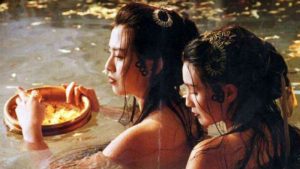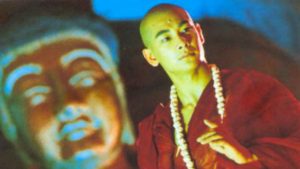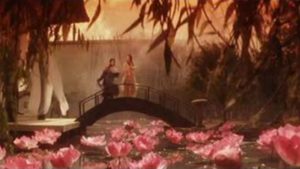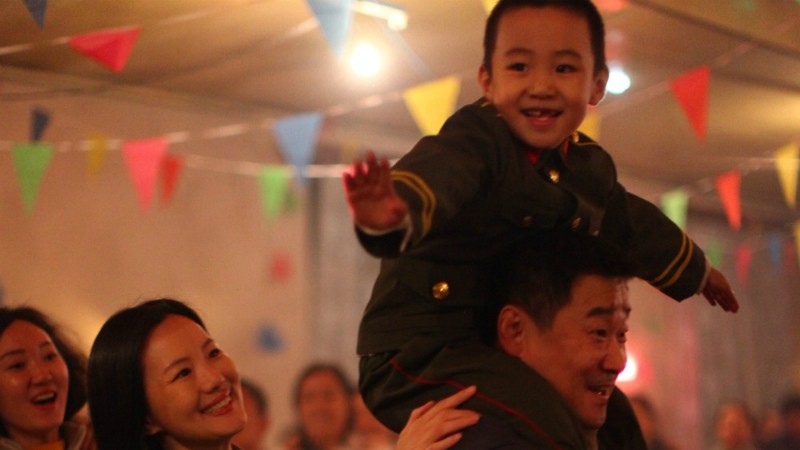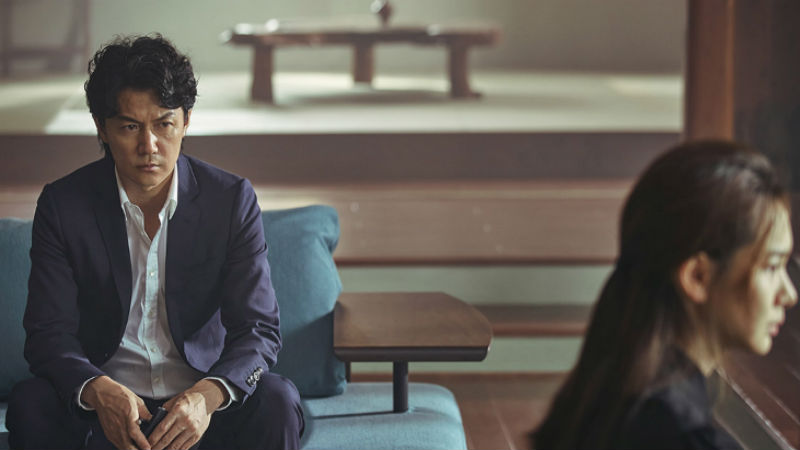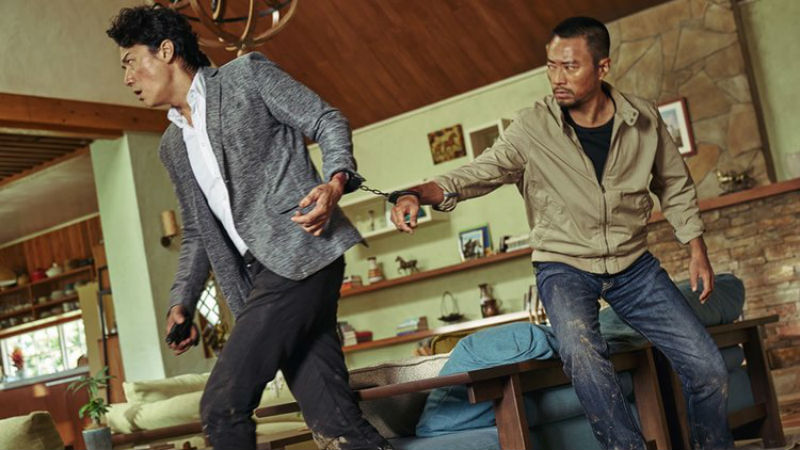QUICK SNAP: LIVE FROM BERLIN!
China might have made massive economic advances in the last few decades, but what of the people caught between the cracks of the country’s huge economic achievements? Li Ruijun looks at a simple farmer couple in northernmost Gansu, creating a poetic tale that unfolds with the simplicity of a fable.
Ma (Wu Renlin) and Guiying (Hai Qing) didn’t have much say in their marriage, arranged by their respective families, but slowly warm to each other anyway. She is severely disabled, unable to hold her bladder, while he is very taciturn, happiest when working the field. Their relationship is sweetly rendered by Ruijun, whether it’s the way they cook for each other, keep one another warm or imprint the shape of a flower on each other’s skins with individual grains. You won’t hear phrases like “I love you” or see them making love or cuddling, yet the love they have for each other is self-evident. But they are hopelessly, bitterly poor, their poverty viewed by others in the community as more of a hindrance than a problem to be solved. This pride and passion eventually clashes against a world that seemingly has no more use for them.
This is a sad yet dignified story, buoyed by slow cinema techniques that rarely cut away. Shooting with a boxy frame, the beauty and toil of working the land gains epic dimensions, the characters often dwarfed by the sky behind them. The pain and reward of their lifestyle is rendered in unwavering detail, the camera utilising long takes in showing the process involved in farming. With so many films using computer generated effects almost without thought, there is something epic about the physicality and realism of the landscapes and the way they are transformed here.
Both Renlin and Qing turn in fine performances — there is a real skill in being able to play people with so little without delving into caricature or moral simplicity. Ruijun doesn’t have any grand speeches or wider sociological screeds, but seems to simply observe, allowing the audience to draw their own conclusions.
The film asks: who are these rapid changes for and why are people being left behind? When offered an apartment Ma points out that there would be no space for his trusted donkey, pigs and chickens. But when you’re proceeding on a so-called Grand Plan — the likes of which the Chinese government loves to implement — considering every individual’s problems simply isn’t an option. With so much Western focus on China on its huge population and staggering technological advances, Ruijun invites us to zoom in and focus on the minutiae of rural life, with people kept in a trap of poverty through no fault of their own. The final result is quietly devastating; there’s no bang, but a long sad whimper.
Return to Dust plays in competition at the Berlin Film Festival, running from 10-20th February.









